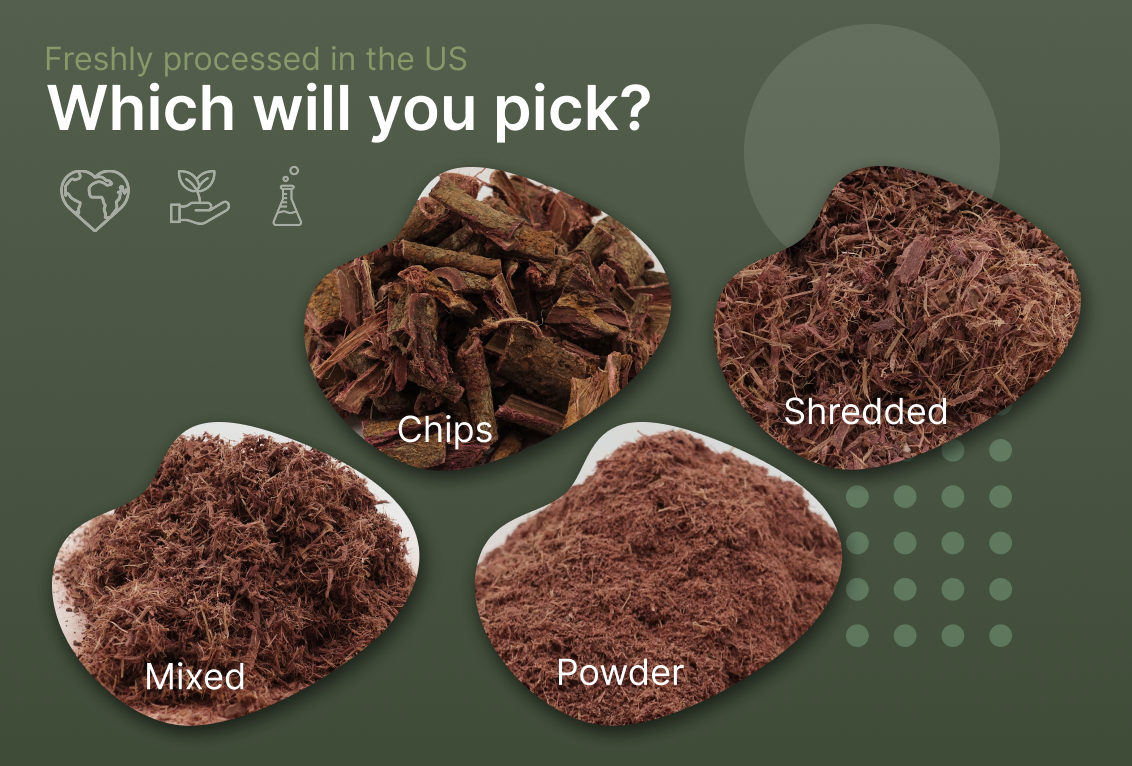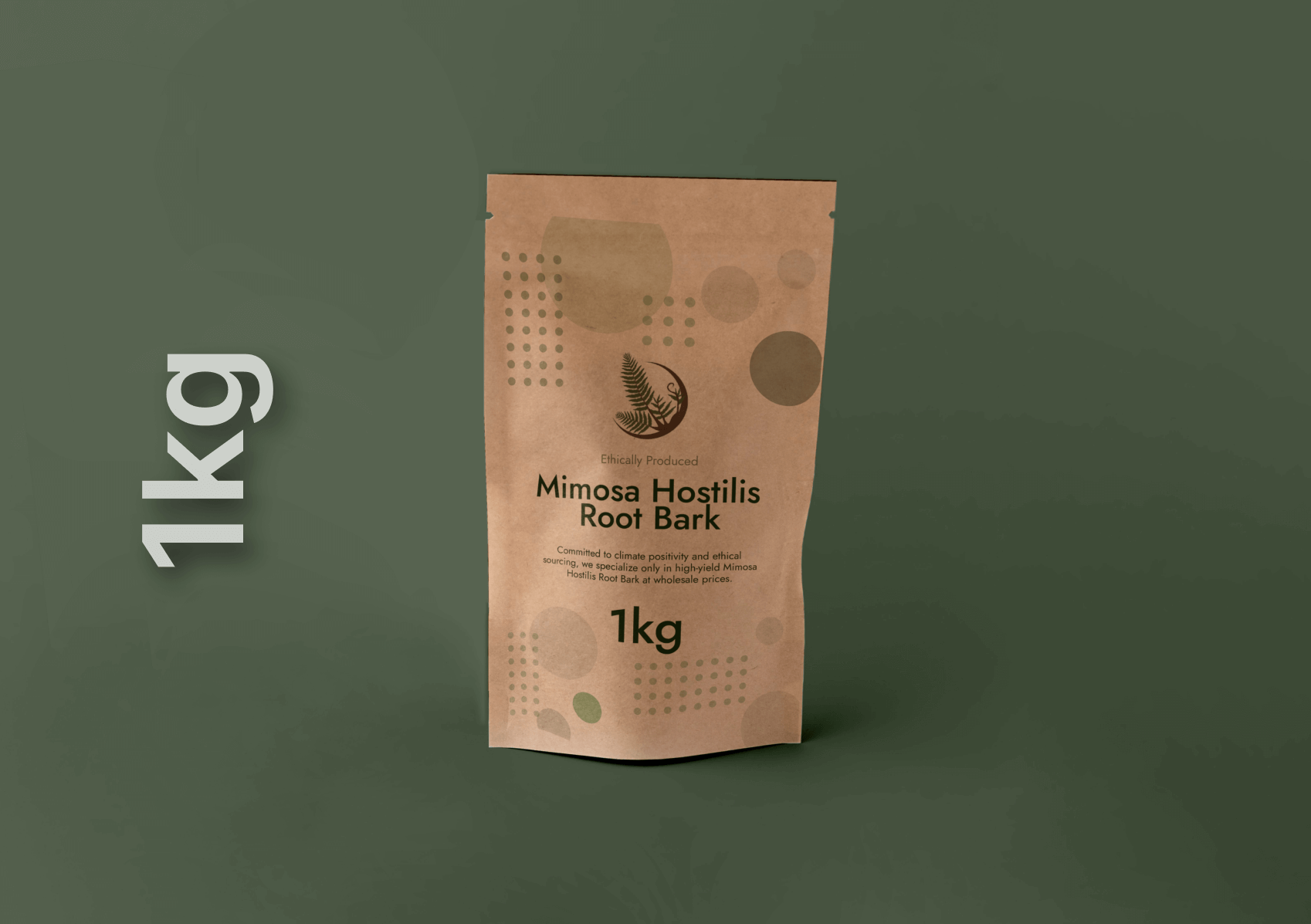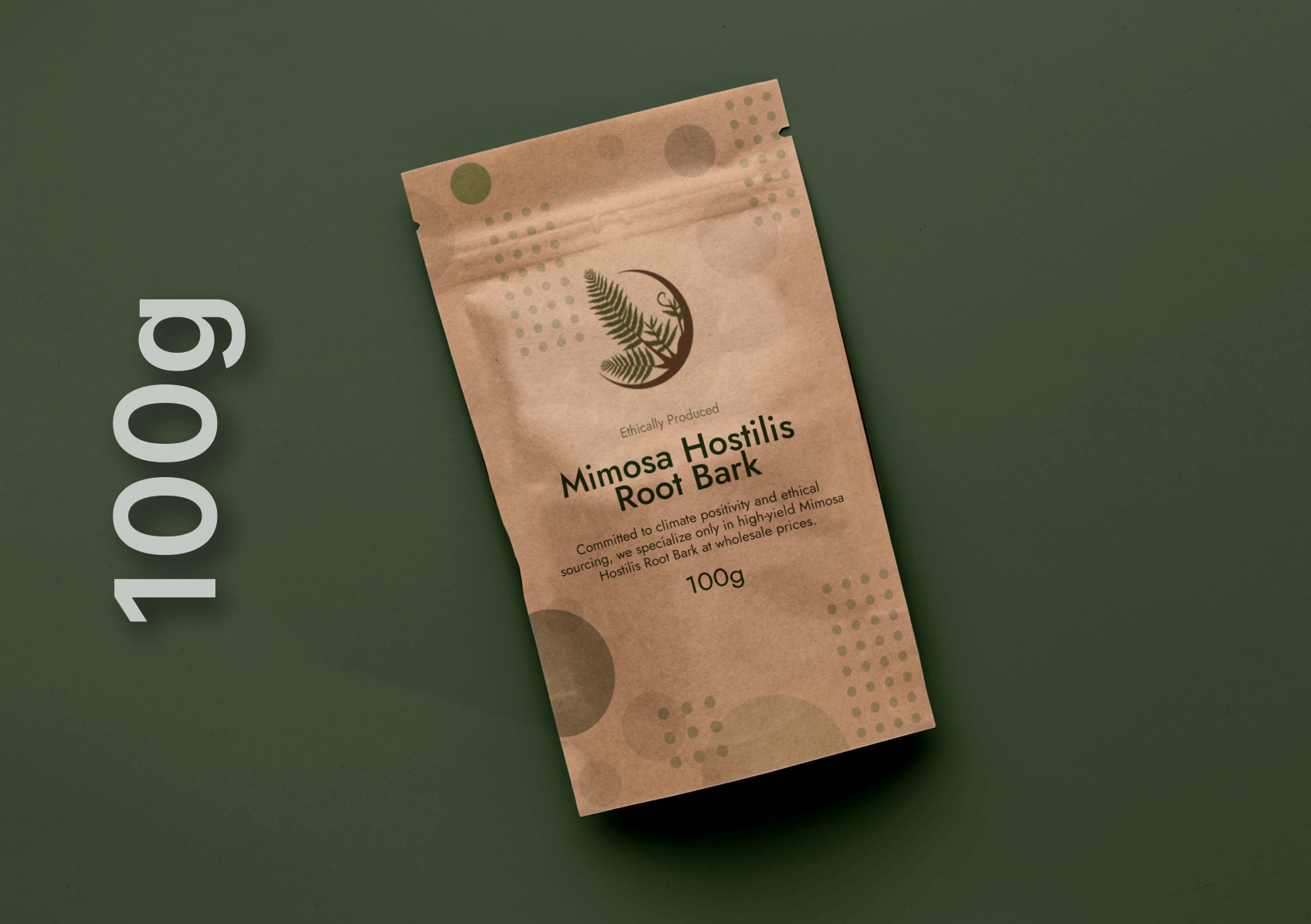In the world of natural dyes, two prominent contenders have emerged: Mimosa Hostilis and Acacia Confusa. Both plants are celebrated for their vibrant hues and eco-friendly attributes, making them popular choices for industries ranging from textiles to cosmetics. However, when it comes to large-scale production, which of these natural dyes reigns supreme? This article explores the characteristics, benefits, and potential challenges of each dye to help businesses make an informed decision.
Understanding the Plants
Mimosa Hostilis, also known as Mimosa tenuiflora or Jurema Preta, is primarily found in Brazil and Mexico. Its root bark is rich in tannins, producing a range of colors, predominantly deep purples and browns. The dye extracted from Mimosa Hostilis is renowned for its lightfastness and vibrant tones.
Acacia Confusa, native to Southeast Asia and Australia, is another significant source of natural dye. The bark and leaves of this tree yield a rich yellow color that can deepen to gold or brown when combined with different mordants. Acacia Confusa is valued for its versatility and the subtlety of its colors.
Dye Characteristics
Mimosa Hostilis produces a vibrant array of purples, blues, and browns, with color depth varying based on the mordant used. This makes it suitable for various applications. In contrast, Acacia Confusa is known for its warm yellow tones, creating soft, muted shades that appeal to those seeking a more understated aesthetic.
When it comes to lightfastness, Mimosa Hostilis excels, retaining its vibrancy even when exposed to sunlight over time. This quality makes it an attractive option for outdoor textiles. While Acacia Confusa offers good lightfastness, the durability of its colors may not match the longevity provided by Mimosa Hostilis.
In terms of ease of use, Mimosa Hostilis may require careful handling to extract the desired color effectively, but it is often favored in larger production settings due to its reliability. Acacia Confusa is generally easier to work with and can yield results more quickly, making it appealing for smaller-scale operations or those experimenting with natural dyes.
Environmental and Economic Considerations
Sustainability is a vital factor in dye production. Mimosa Hostilis can be a sustainable option when sourced responsibly, as its harvesting practices have improved in recent years to minimize environmental impact. Acacia Confusa, known for its hardiness, can grow in various conditions, making it a resilient choice for natural dye production. However, overharvesting poses risks, so sourcing from reputable suppliers is essential.
Cost is another important aspect to consider. Mimosa Hostilis often commands a higher price due to its superior qualities and demand, so businesses must factor in costs when planning for large-scale production. On the other hand, Acacia Confusa tends to be more affordable, making it an attractive option for those looking to keep production costs low.
Which Dye Is Better for Large-Scale Production?
Choosing between Mimosa Hostilis and Acacia Confusa ultimately depends on the specific needs of the production process and the desired end product. If your focus is on vibrant colors with excellent lightfastness and you’re willing to invest in a higher-cost raw material, Mimosa Hostilis may be the superior choice. Conversely, if you’re looking for a more cost-effective solution with easier handling and softer hues, Acacia Confusa could fit your needs better.
In either case, understanding the properties, sustainability, and market demand for these natural dyes is crucial for making informed decisions in large-scale production. As the movement towards eco-friendly products continues to grow, both Mimosa Hostilis and Acacia Confusa offer unique benefits worth considering for businesses committed to sustainability and quality.




